A Patch Report by Lakshmikant Rajaram Neve
This report describes the birds and other wildlife of the Bhusawal Thermal Power Station, Maharashtra. It is based primarily on the period March 2016 to May 2017, and is a summary of the winning report submitted to Bird Count India for the Patch Birding Challenge. (The Patch Birding Challenge started in September 2016, but since detailed observations were available here the report period was started from earlier in the year.)
- Asian Openbill
- Black-winged Stilts
- Plain Prinia
The Patch
Bhusawal Thermal Power Station (BTPS) is a coal-fired thermal power station and an important study area to assess the impact of such a power station on biodiversity and the environment. I work as an Engineer and live on site, and am therefore in an excellent position to provide and document regular observations.
BTPS is in Jalgaon district, with a number of other known wildlife sites nearby, including Hatnur Dam IBA, Vellhale Lake, Hartale Lake, Waghur Reservoir, and Yawal Wildlife Sanctuary. The study area covers an area of approximately 5km2 which encompasses several different habitats, including wetland, grassland and scrub, farmland, as well as residential and industrial areas.
The main site at BTPS, centred at approximately 21°02’35.9″N 75°50’52.7″E, is represented by eBird hotspot L5492382, although the actual study area also includes a number of smaller hotspots and personal locations. Birding was primarily carried out in:
- wetland: formed by the Tapi river bed, by discharge from the BTPS Sewage Treatment Plant, and the Bhogawati river bed at Pimprisekam
- grassland and scrub: “wasteland” areas beside power station buildings
- residential areas
- industrial areas: in direct proximity of power station buildings
- farmland: bordering the site
- Grassland with Bushes
- Man-made Gardens
- Mixed Habitat of Canal, Woodland, Grassland and Bushes
- BTPS from Bhogawati River
- Water Accumulation providing Excellent Habitat
- Birding at the Bank of the Tapti River
The temperature during the study period varied from a minimum of 3°C during the winter and a maximum of 48.5°C during the summer.
Birds
During the period March 2016 to May 2017 a total of 526 checklists were entered to eBird, covering 356 different days and a total of 270 hours of observations, with some coverage in every single week period. As much as possible, photos and sound recordings of birds on the patch were made and added to the eBird checklists, and hence the Macaulay Library, and breeding evidence was also noted. Many photos of the various habitats of the patch were taken and will continue to be taken in the future to help monitor any changes.
A total of 115 species were noted. The full list, showing seasonality and frequency, can be seen via the eBird bar chart, a section of which is shown below.
(NB: the bar chart here is set to show records from all of 2016 and 2017 for the BTPS hotspots, so several species recorded outside the patch birding challenge period are also included, and sightings from personal locations are excluded.)
Selected Species
Black-shouldered Kite Elanus caeruleus
 Sporadic records throughout the year, with more regular records between June and August. Probably resident in the general area, but not always present on the patch itself.
Sporadic records throughout the year, with more regular records between June and August. Probably resident in the general area, but not always present on the patch itself.
One bird was found in January with a damaged wing, taken into care, and operated on at the district veterinary hospital. Unfortunately it died after two hours.
Shikra Accipiter badius
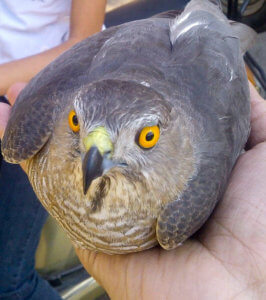 A common resident, observed in nearly every week during the year.
A common resident, observed in nearly every week during the year.
Seen to attack bats and squirrels, Little Swifts, juvenile Red-vented Bulbul, and noted disturbing hornbills and drongos, and being mobbed by nesting Red-vented Bulbul and Ashy Prinia. Mating was observed on 2 March. The pictured bird apparently fell from a large tree, for an unknown reason, was injured and rescued. With the help of Forest Department staff, it survived and was later released.
Laughing Dove Streptopelia senegalensis
 A common resident, with a maximum of 18 recorded on 12 March.
A common resident, with a maximum of 18 recorded on 12 March.
One nesting pair laid two eggs which hatched after 27 days. (NB: photograph of a different nest, from Koradi Power Station Colony, Nagpur: so not on the patch, but Laughing Doves clearly like power stations!)
Pied Cuckoo Clamator jacobinus
 A regular monsoon visitor, first noted on 5 June and thereafter heard or seen regularly during the monsoon period, with the latest observed on 8 October.
A regular monsoon visitor, first noted on 5 June and thereafter heard or seen regularly during the monsoon period, with the latest observed on 8 October.
One bird was noted in the same tree as the previous year, suggesting strong site fidelity. A dead bird was found on 18 June.
Brown Rock Chat Cercomela fusca
 A common resident, seen on the majority of visits, although with a maximum of just 4 individuals.
A common resident, seen on the majority of visits, although with a maximum of just 4 individuals.
Recently fledged young noted on 19 September.
Scaly-breasted Munia Lonchura punctulata
 Encountered regularly during the period from June to October; just a few scattered records otherwise, in November, December and February.
Encountered regularly during the period from June to October; just a few scattered records otherwise, in November, December and February.
Breeding was first noted on 20 August with two munias seen collecting nesting material: grass strips of typically 15-18cm long and c5mm wide. The nest was below the transformer bus duct. It appeared that a third individual was inside the partially-built nest to accept the grass strips, and was the bird actually making the nest. By 21 September three nest sites had been found, not including this earlier one which by then had been abandoned. The first fledged young were seen on 2 October, with eggs in another nest on 5 October that had not hatched when the last observations were made on 16 October.
One nest under a plastic bucket by a transformer was moved by electrical maintenance personnel for safety. Whilst the adults were seen attending to the nest in the new location the following day, unfortunately it was found fallen and with just one egg in it another day later.
Events and Activities
Participation in various programmes was carried out on the patch. These included World Environment Day, World Sparrow Day, BNHS Common Bird Monitoring Programme, Baya Weaver Count as well as local activities including tree planting, nature awareness sessions for children, environmental audits and a photo exhibition.
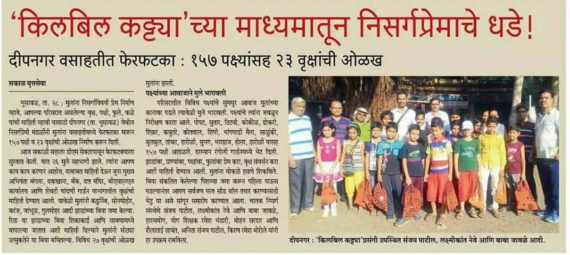
Kilbil Katta – various activities for children, such as birdwatching, know your plants, tree planting and art including origami and painting
Bird Count India Comments
The judges were impressed by Lakshmikant’s dedication to observing and recording birds on his patch. The value of such regular data is nicely illustrated in the eBird summary chart linked above, which shows observations from every single week in the year, and thus is sufficient to show patterns of occurrence in many species, some unexpected. A few that the judges picked out included:
- Absence of Indian Pond-herons between January and March
- Almost complete absence of Red-wattled Lapwings during the winter half of the year
- Spring passage of Wood Sandpipers
- Monsoon occurrences of cuckoos, including Pied, Grey-bellied and Common Hawk-cuckoo
- Spring Savanna Nightjars
- Autumn passage of Red-rumped Swallows
- All warblers appearing to be predominantly passage migrants
- Marked April passage of Rosy Starlings
- Purple-rumped Sunbird a summer visitor only
- Western Yellow Wagtails wintering, and with a clear spring passage: two different populations/subspecies?
- Monsoon peaks of weavers and munias
Future observations are needed to see whether these patterns represent birds being more common at certain times of year, or just more obvious due to their behaviour, e.g. calling during the breeding season. Comparisons with other sites locally, or summarised data for the region, would be interesting.
This is typical of patch birding: the more you observe, the more questions you tend to come up with! This should be an inspiration to all to find your own patch, watch it regularly, and come up with questions, and hopefully answers, of your own!


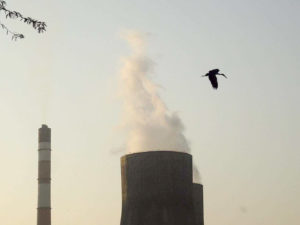
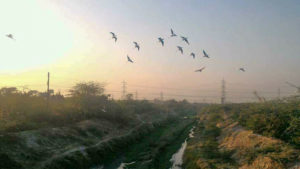

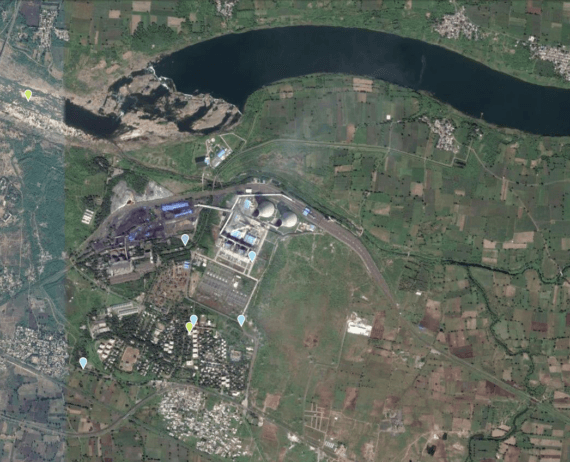

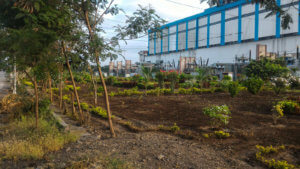

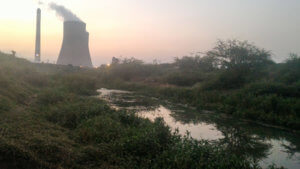
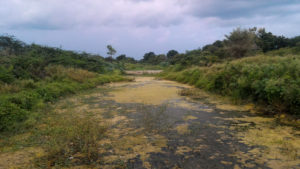


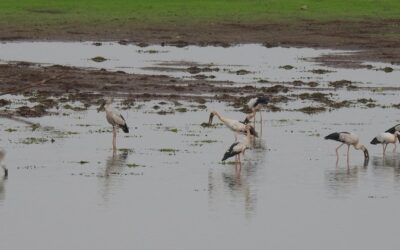


Thanks BCI.
Initiative and dedication
Thanks for Appreciation.
Great work Sir.I work to aware children on decline of sparrows.Help birds providing water ,feeders,nests,food etc.A bird Enthusiast.Chopda.
Great work and good efforts, well done keep it up, well studied report.